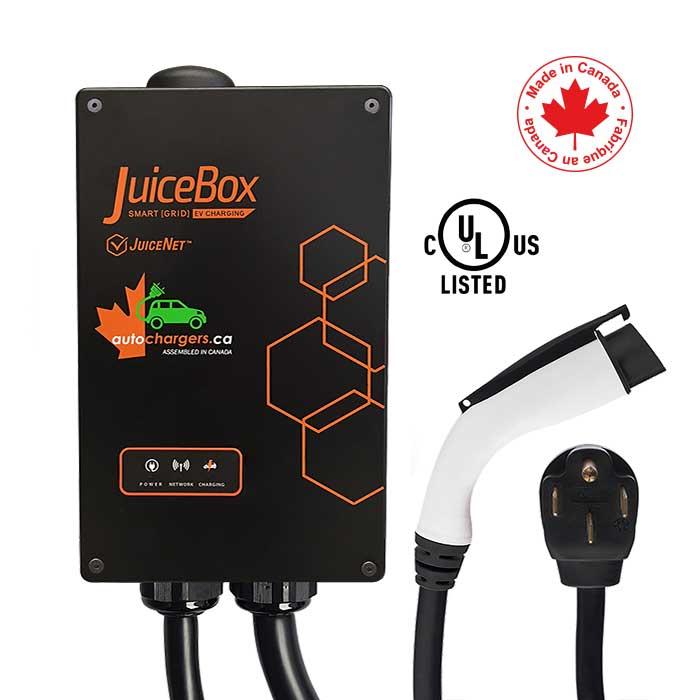I'm reaching out hoping someone else might have some info on this. My JuiceBox 40 cable (the one that connects from the EVSE box to my NEMA 14-50p plug) gets warm when charging my cars. I change a 2017 IONIQ and a 2021 M3. The cable gets warm closer to hot. Not so hot that I cannot hold it, though the closer I get to the plug the hotter it feels.
As a note: I am not referring to the cable that connects to the car, all of the cable, handle and adapter, seem cool to the touch. The issue resides in the NEMA 14-50p connector. Nothing else emits heat, not even the 6AWG line from my 50amp 240V break to the plug box. Only the JuiceBox plug and cable.
Has anyone else encountered this problem? I find the Tesla get the cable hotter than the IONIQ, I assume it's the charging speed.
As a note: I am not referring to the cable that connects to the car, all of the cable, handle and adapter, seem cool to the touch. The issue resides in the NEMA 14-50p connector. Nothing else emits heat, not even the 6AWG line from my 50amp 240V break to the plug box. Only the JuiceBox plug and cable.
Has anyone else encountered this problem? I find the Tesla get the cable hotter than the IONIQ, I assume it's the charging speed.




